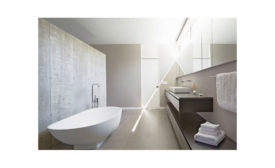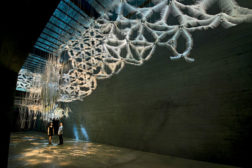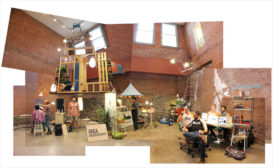Articles by Zachary Edelson
River House
A master bath uses clerestory windows and a concrete partition wall to bring light into a master bedroom while ensuring privacy.
Read More
Copyright ©2024. All Rights Reserved BNP Media.
Design, CMS, Hosting & Web Development :: ePublishing


